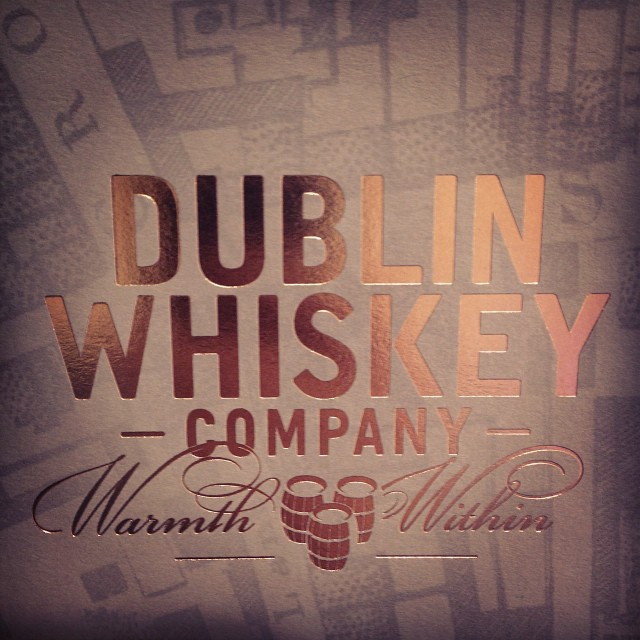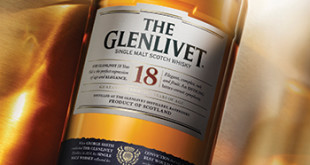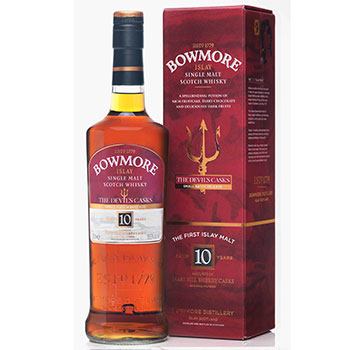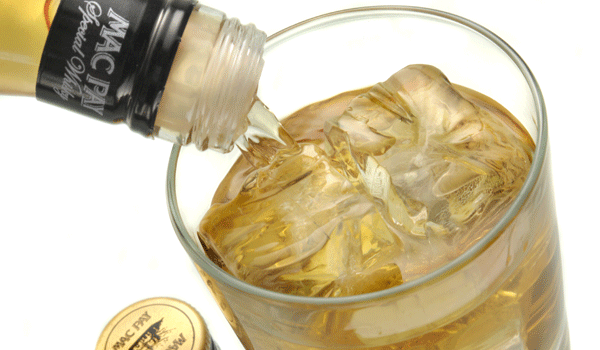Let’s sense beforehand the myths mas extended in the world on the whiskey. Is it possible to drink a glass of whiskey while a cebiche is tasted? What would look like a species of ‘heresy’ for the lovers of this ancient drink is not any more than different of the legends that have been generated about this drink. John Scott, one of 17 ambassadors of the Scot Glendiffich in the world, goes years not only promoting the brand but breaking myths. Are here the most widespread 10.
1. Between older, thinner. The age of the whiskey – from 15 to 18 years, for example – it does not guarantee his quality. What yes guarantees the age of the above mentioned whiskey they are more gustatory expressions, more body in mouth.
2. To decide which is the best is an experts’ thing. The best whiskey is the one that one likes. This maxim also the enologists and the sommeliers preach it it brings over of almost any drink. Though it is good to be left to guide if he is learning one.
3. The correct way of taking it is that of the Scots. In Colombia whiskey takes to refresh itself; in Scotland, to warm up. It is suggested to see the way of taking it as a personal choice, similar to when there is chosen the term of boiling in which one likes the meat.
4. The cheap whiskey is for the coctels. Whiskey mixed with any thing that is not a water is a coctel, affirms the expert: ” My friend, the ambassador of a vodka, says that a coctel is so good as his cheaper ingredient. It is not important what they him put; if it is a question of doing a good coctel to him, it is necessary to use the better of every thing.
5. ‘ They are delayed years doing it in order that one damages it on having mixed it with water ‘. It designs other one to revalue. The distilled one goes out from the alembic to an average of 65 degrees of alcohol, of there it goes on to the barrel and as the years went by it will lose force up to staying in a range between 57 and 52 degrees of alcohol. To bottle it and to sell it it is necessary to lower it to 40 degrees and it is achieved hydrating it. Once it is going to be served, chooses one if to throw water or ice or cigar to take it. If it is decided by the water, it is better he to be thrown by a few droplets (not more than one teaspoonful), which reduces the alcoholic degree and it is allowed that the hidden aromas should appear. Water into excess would change the flavor.
6. Gives less hangover. The relationship between the surf and whiskey is explained almost in psychological terms. The budget has the same alcohol that expensive. “But if you add hyperactivity, physical exhaustion, dehydration, mental excitement and speed when drinking and poor diet, because it comes at par but only archive will give you hangover,” says Scott. In contrast, a whiskey that accompanies a meal while you are talking does not guava because it assumes a moderate intake. But there is a difference between a single malt whiskeys and blends or single malt (malt gather bottles and other grains). Chemically, single malt would guava less because they have less sugar concentration.
7.’s Aperitif or digestif, not fellow food. Scott holds the opposite view, although the logic of pairing (balance between food and drink) whiskey is different from wine. If a whiskey 12 is sweet, fruity and crisp with almond blows, you could go with the fresh flavors of ceviche, tuna tartar a tiradito or grilled octopus. Another reference of stronger character might accompany a lamb and a dessert intermediate. Other proposed sommeliers play with dilution water or pure ice when combined with some snacks. 8. Hidden flavors Ice shows. Quite the contrary. The ice dampens the palate and does not allow really taste the whiskey, which itself is achieved with water. 9. They better the most famous, the ‘blends’. 90 percent of world consumption tilts mixtures of malt and grain, but in Scotland the ratio is reversed: 90 percent of consumption is a single malt. So you can not say which is better. 10. The aromas and flavors of cinnamon and spices are because these are thrown into the barrel. It is another mistake to believe that the distillery ingredients are introduced into the barrel. The rule is that you should never add anything.




 Whisky nacional, escocés, irlandés Whisky importado y nacional, nacional, escocés, irlandés
Whisky nacional, escocés, irlandés Whisky importado y nacional, nacional, escocés, irlandés



